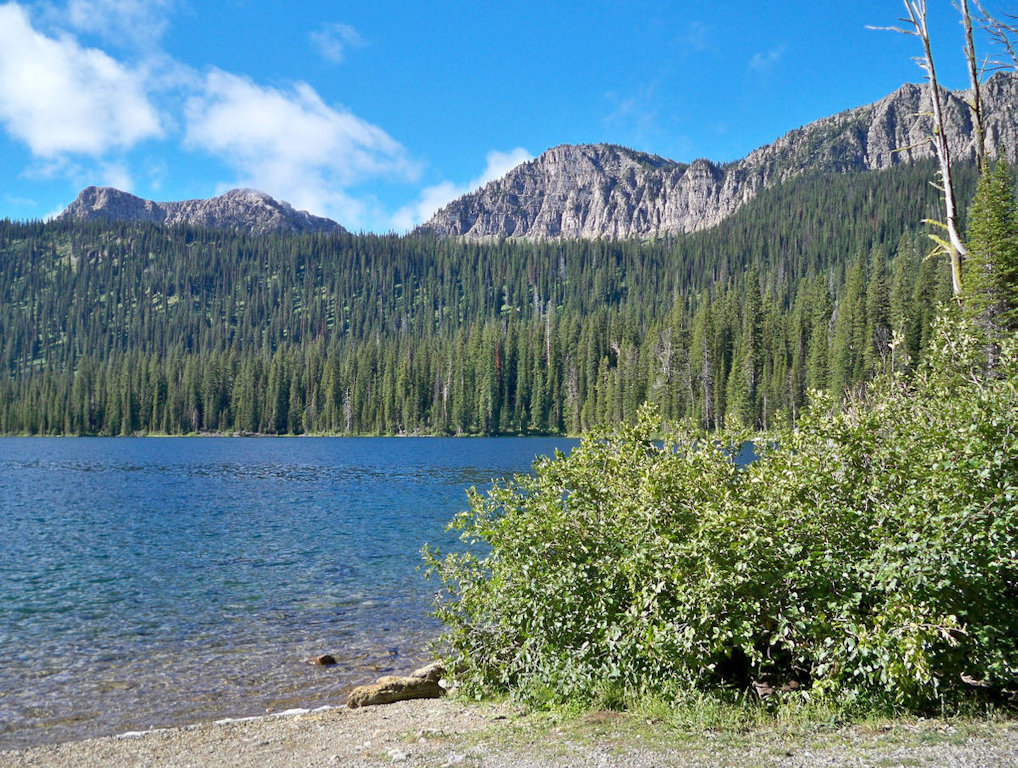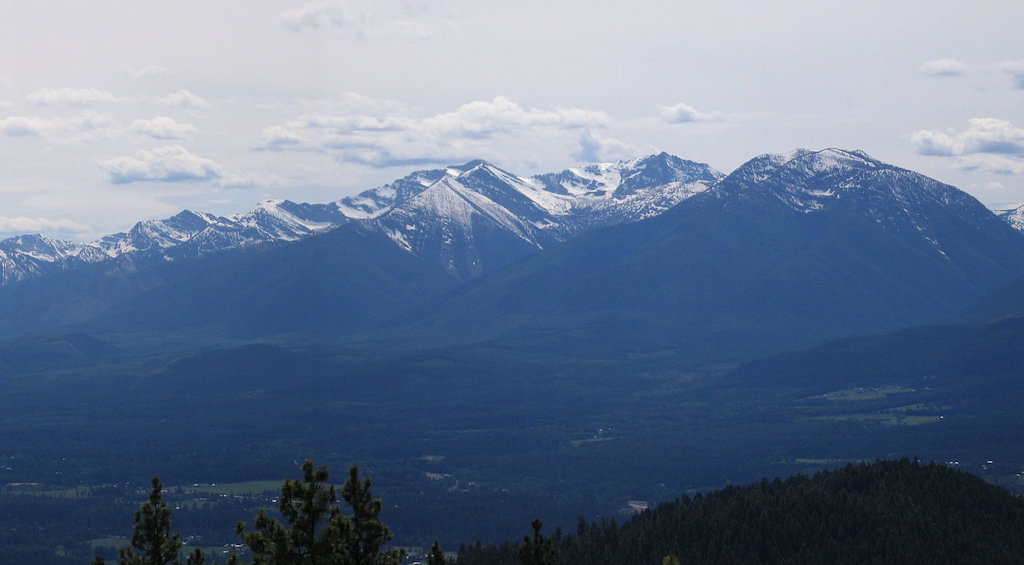
Our neighbors in the Kootenai Forest Stakeholders Coalition have an interesting guest column in this week’s Flathead Beacon talking about their cooperative efforts to work for the benefit of the Kootenai National Forest . . .
Open the newspaper or start a conversation about the Kootenai National Forest and one topic is sure to come up: Lawsuits.
Frankly, this theme can be heard wherever there is a national forest. People often feel frustrated that lawyers and judges trump local professional land managers.
In the Kootenai Forest Stakeholders Coalition, we are waist-deep in forward-thinking efforts to restore our national forest lands, supporting our communities economically while protecting diverse recreation, wildlife and wilderness values. We share public frustration, but aren’t content to sit on our hands and complain.
